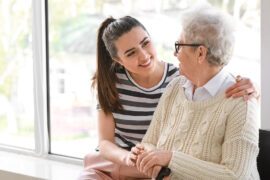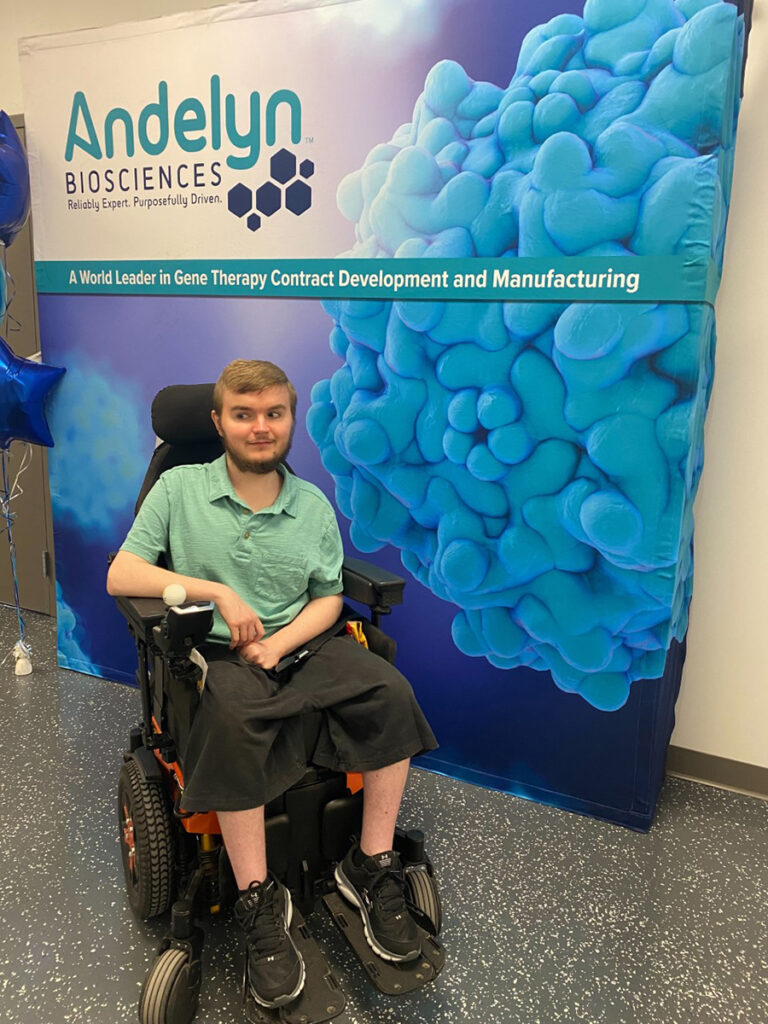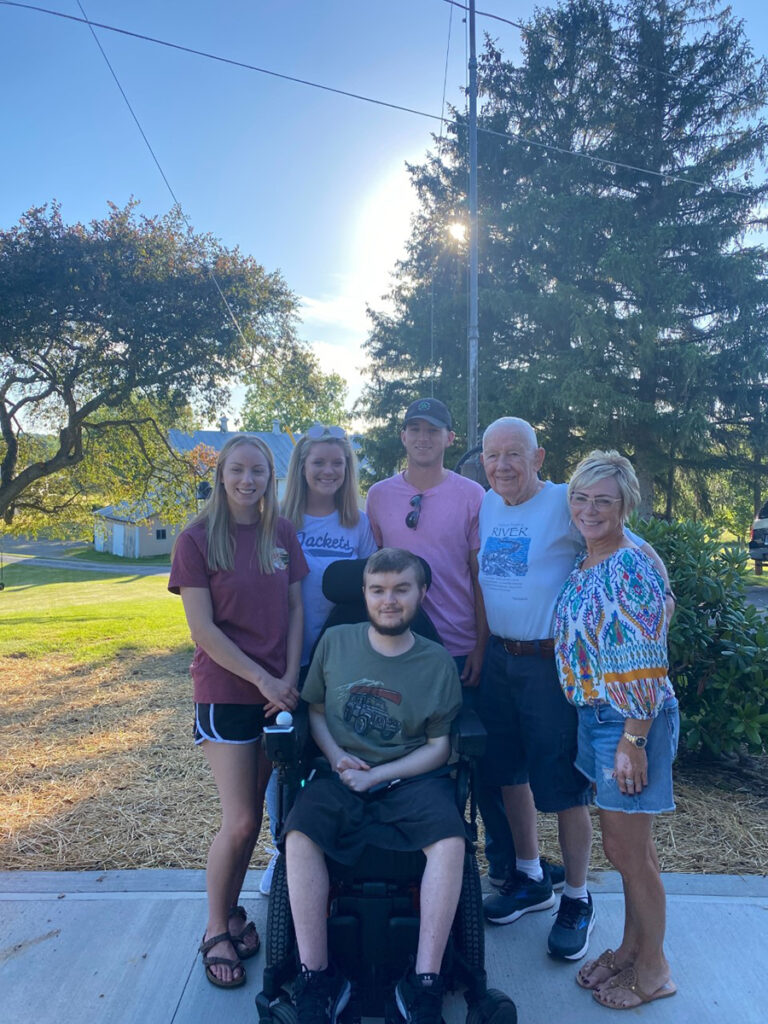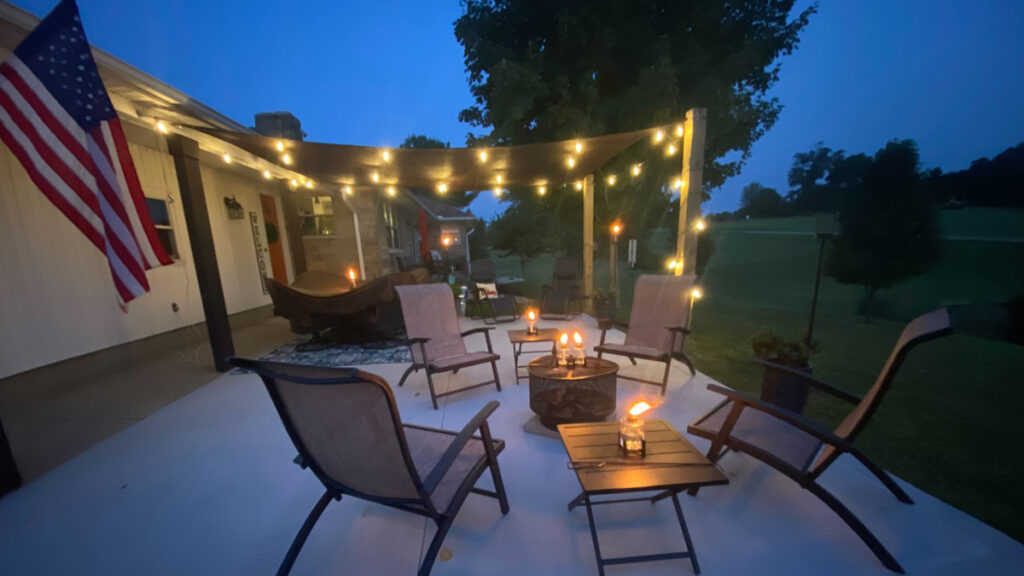Family caregivers come in many forms. They can be partners, children, siblings, parents, grandparents, or any relative who gives of their time to help someone in need.
In 2020, the United States had more than 53 million family caregivers, and that number increased during the COVID-19 pandemic due to several factors, including closing adult day centers, a decreased professional caregiving workforce, and families taking their loved ones out of long-term care for fear of contagion. Currently, about one in five Americans is a caregiver, and their challenges are legion.
In a recent “Light After Loss” Facebook Live episode, Modern Loss’ Rebecca Soffer spoke with Rebecca Hobbs-Lawrence, a grief services coordinator and head of the Dougy Center’s Pathways program, which helps families when a family member is living with an advanced serious illness. Here are some key takeaways from their conversation.
What makes caregiving so challenging in the United States?
Many countries provide a wide range of publicly funded access to caregiving, which translates to equal access for all. When money is no longer an issue, everyone can have access to quality care.
In the United States, hiring a professional caregiver can be an enormous financial burden. If the cost is too high, family members must decide if they can afford to take the time they need to provide the care themselves, or if they can figure out a way to keep their current employment while also being a caregiver. Long-term care insurance is available in the U.S., but it needs to be set up well in advance of actually needing such a thing and can also only be used for assisted living.
How can intensive family caregiving throw off the balance of someone’s life?
Caregiving can have a wide-ranging impact, potentially affecting everything from one’s emotional and mental health to his or her financial wellness. Some people work extra jobs in order to make additional income; others take on more work outside the home just to have a social outlet that they don’t have in their caregiving role. Family caregivers — especially ones filling that role in the long term — can see their lifetime earning potential take a significant hit. Some people burn through their retirement savings so they can cover the expenses of caregiving, and many give up precious access to friends and leisurely pursuits.
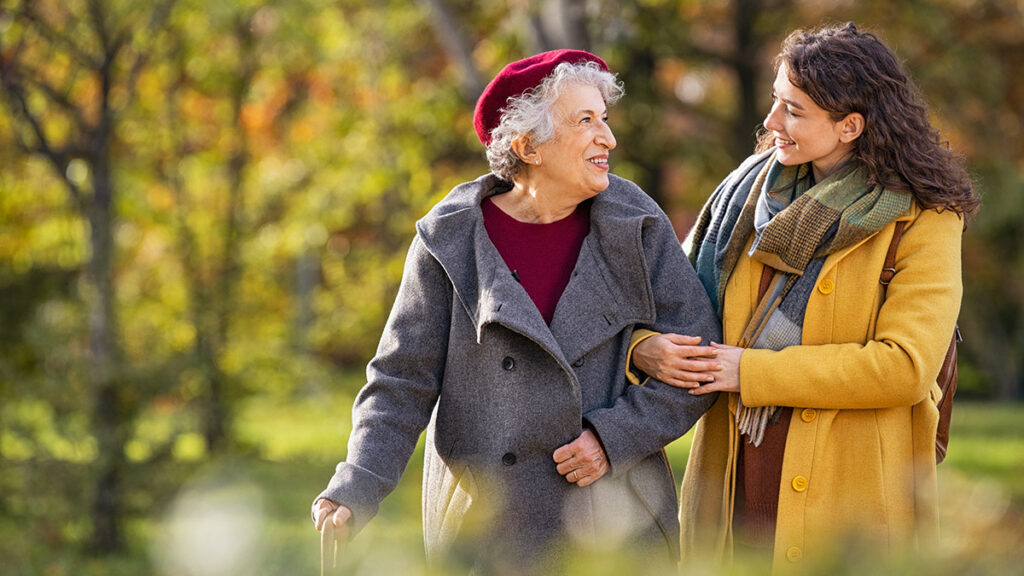
What are some feelings caregivers struggle with?
Caregiving is an emotionally complex experience. Those who provide family care are not always doing a job that they want to do — be it temporary or long term — and the emotions they can feel can be heightened if they are isolated in their roles at home. They also might struggle with hypervigilance about all the details that they need to take care of, guilt over wishing they were somewhere else (even when they are somewhere else), or resentment toward other family members who are not helping as much.
How can caregivers find support?
If you’re a caregiver and are feeling overwhelmed in the role, seek help. The best advice is to start small, especially if you haven’t made a practice of self-care in your caregiving role.
Here are six ways to get the support you need as a caregiver.
1. Give yourself permission to have a break
This can include making yourself take five-minute timeouts. Being able to take even a short rest and do some deep breathing to get oxygen back into your body can help your mind to sharpen and reset.
2. Make sure you get enough hydration
This may seem obvious, but when you’re continually focused on someone else, it’s easy to forget your own basic needs.
3. Focus on good nutrition
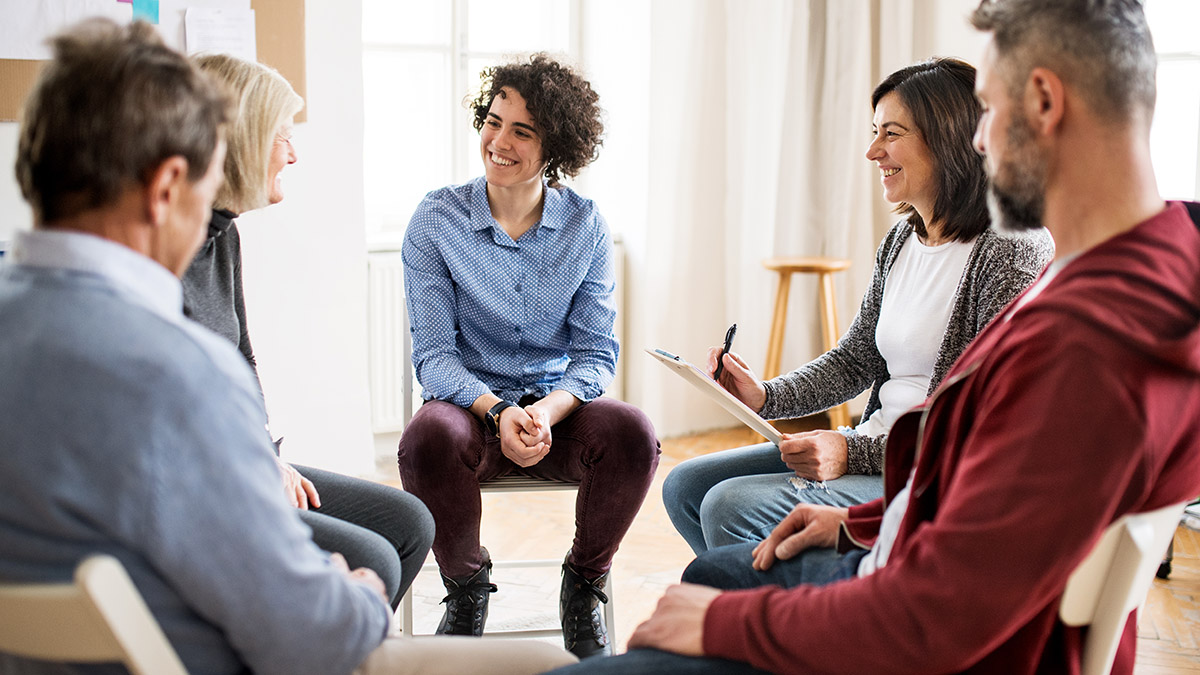
You need stamina — both the physical and mental kind — to endure the caregiving marathon you’re in, and that means giving your body the proper nourishment. Instead of skipping meals and snacking whenever you have a free moment, make sure you sit down for solid meals throughout the day.
4. Get some mental health support
Are you dealing with a cancer diagnosis, or Alzheimer’s? It can be hugely helpful to know you are not the only one in your situation. There are many situation-specific support groups that can provide help, both virtually and in person. Organizations such as The Dougy Center offer peer support groups as well.
5. Ask others for something specific
Do you need someone to pick up your kids from school? Fold your laundry? Clean your house? Reach out to friends or other relatives for assistance. The sooner you ask, the sooner you will get the help you need.
6. Offer to do something specific for a caregiver
If you’re someone supporting a caregiver, instead of saying “I’m here for whatever you need,” try something like “Do you need groceries picked up?” or “Do you need gas put in your car?” Everyone has something specific they can easily do for someone else, and doing so can make a huge difference in the life of a caregiver.
This article was authored by ModernLoss.com, which offers candid conversation about grief and meaningful community throughout the long arc of loss.
